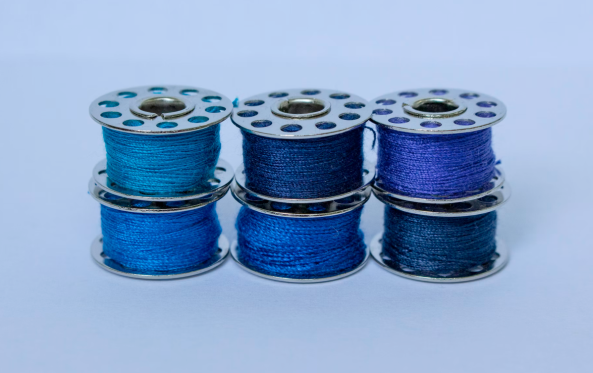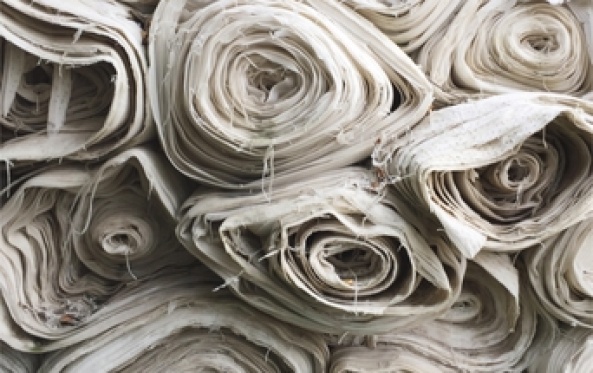
13th edition of Refashion Innovation Challenge
Refashion's Innovation Challenge is back for its 13th edition! Find out more about the call for R&D projects and how to apply!

Refashion's Innovation Challenge is back for its 13th edition! Find out more about the call for R&D projects and how to apply!

Pour la 2ème édition de son appel à projets annuel dédié au réemploi, Refashion soutient 35 projets en France métropolitaine et à La Réunion.|Pour la 2ème édition de son appel à projets annuel dédié au réemploi, Refashion soutient 35 projets en France métropolitaine et à La Réunion.
Project developers: Product development/Quality / Design / Modelling Partners: Suppliers

In Europe, an item of clothing is worn for an average of 3.3 years. Extending product life duration permits recourse to new items to be reduced, significantly influencing the environmental impacts linked to production.
To extend product life duration, three main levers can be activated:
• Improve product sustainability (its quality, its capacity to be repaired, its guarantee, its multi-functionality);
• Give the product a second lease of life thanks to repair and reuse ;
• Optimise usage, thanks to good product care or product sharing between several users.
Complexity of implementation
Estimated economic gain
Human means
Implementation timeframes
Try it! : Follow the sheet step by step and have a go!
Define quality standards in the specifications. For every product or product typology, the organisation must determine an acceptable quality level and the tests permitting it to be ensured by referring to the related standard and tolerance thresholds.
Invite designers to work on the cut of products with respect to several points : ensure that the product will retain its shape when worn (taking account of the grain for example), choose timeless, functional, more sustainable cuts.
Choose raw materials and accessories according to the properties sought in the product: for example synthetic fibres for their resistance or long fibres to improve thread solidity (See Tool 1).
Adapt ennobling choices (dyes and finishes) in order to not degrade the quality of the end product (See Tool 2 p.14 et 15).
In the specifications, include advice to orient suppliers towards the blending techniques which are best adapted to the material in order to preserve its properties: choice of assembly thread assembly, type of machine, stitch density …
Carry out quality checks at the level of production (internal or by a service provider) to ensure that the requirements set out in the specifications are respected: measurement tables, material defects, assembly defects, dyeing defects …
Appoint a laboratory to perform tests on dimensional stability, tearing resistance, abrasion resistance, pilling, bleeding of colours (during washing, with perspiration, wet and dry rubbing).
These tests can also be performed when choosing the material. Recommended reference values have been determined to ensure a satisfactory life duration (See Tool 2 p.16 and See Tool 3 p.106 and 107).
Respect criteria to benefit from a durability eco-modulation put in place by Refashion for textile articles and footwear (See Tool 4).
Ask users to assess the life duration of products and the reasons for which they throw products away, via a customer questionnaire for example.
From the elements of the questionnaire, reinforce checks on the most frequent defects and if needs be, modify the specifications. Consider introducing a repair service.
Number of quality standards included in the specifications.
Putting in place quality checks.
Putting in place a customer questionnaire.
Average product life duration
When extending the product life cycle, particular attention must be paid in order to avoid transferring impacts to the manufacturing stage (by having recourse to chemical treatments for example).
This action must go hand in hand with the accompaniment of consumers to limit impacts during the use stage.
Tool 1 : Rethink
Tool 2 : Sustainable clothing
Tool 3 : Eco-design of textile - clothing products
Tool 4 : Eco-modulations

A retail brand committed to environmental responsibility

Zero waste, recycling and water conservation

Measuring, reducing and offsetting CO2 emissions